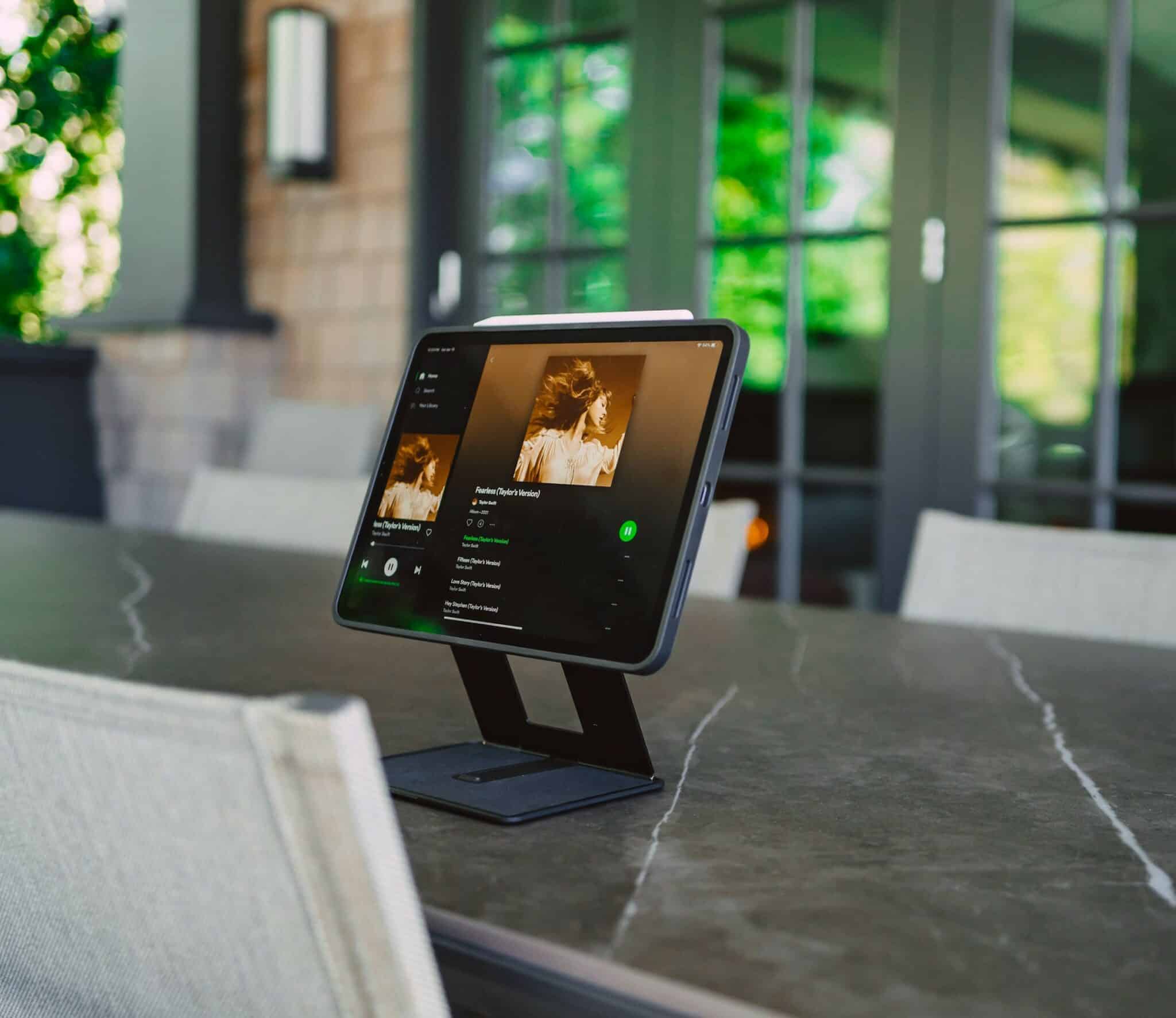How Are Spotify Playlists Curated?
Spotify, a top music streaming service globally, is famous for creating playlists that fit your personal music tastes. But have you ever wondered how these playlists are curated? The process involves a mix of sophisticated algorithms, human expertise, and a deep understanding of user behavior. Let’s dive into the fascinating world of Spotify playlist curation and uncover how it all works.
If you need a DJ for your event, Will Gill is the one to book. He is the top corporate event DJ, known for blending diverse music genres with an energy that keeps the crowd on its feet. He has over 1,500 five-star reviews and is listed in Forbes Next 1000 for Media and Technology.
Check out the video below to see Will Gill in action. Reach out to him now for an unforgettable event experience.
The Role of Algorithms
At the heart of Spotify’s playlist curation is its powerful algorithm. This technology analyzes vast amounts of data to understand what kind of music you like and what you might want to hear next. Here are some key elements involved in the algorithmic process:
Data Analysis
Spotify uses smart technology, called an algorithm, to understand what music you might like. This algorithm collects information from different places. It looks at the songs you decide to play and those you skip over.
It also notices what time you listen to certain tracks, whether it’s in the morning, afternoon, or evening. Plus, it pays attention to the playlists you create yourself or choose to follow. By gathering all this information, Spotify can start to see patterns in what you enjoy.
For example, if you often skip songs of a certain genre, the algorithm learns that maybe you don’t like that type of music. On the other hand, if you keep replaying certain tracks, it knows you’re a fan of those.
Machine Learning
Machine learning is like having a really smart friend inside Spotify who learns more about you the more you use it. This technology is a big part of how Spotify’s algorithm works. It allows the app to get better and smarter over time by collecting and understanding all the music you like or don’t like.
Every time you listen to music on Spotify, this smart technology takes notes. It keeps track of which songs you love, which ones you skip, and even the new artists or genres you start exploring. As you continue to use Spotify, these notes help the algorithm get a clearer picture of your musical tastes.
Collaborative Filtering
Spotify also uses a technique called collaborative filtering. This method suggests music based on the listening habits of users with similar tastes. If someone with similar music tastes finds a new artist, Spotify might suggest that artist to you as well.
Human Curation
While algorithms play a significant role, human curators are equally important in Spotify’s playlist creation. These experts bring a human touch to the process and ensure the playlists are diverse and engaging.
Music Experts
Spotify hires music experts who know different music styles and the latest trends. These curators handpick songs for playlists, ensuring a mix of popular hits and emerging tracks. They focus on the mood, speed, and feel of the playlist to make it smooth and enjoyable to listen to.
Playlist Editors
Playlist editors work closely with artists and record labels to feature new releases and hidden gems. They stay informed about new music by going to concerts and keeping up with new artists, so their playlists are always current and relevant.
User Behavior Insights
Spotify pays close attention to how people use their app because it helps them make playlists that listeners love. By looking at how people use Spotify, the platform can tell which songs they like, when they listen, and what they skip. Here’s how Spotify uses this information:
Personalized Playlists
Spotify creates personalized playlists like “Discover Weekly” and “Release Radar” based on your listening habits. These playlists are updated regularly, offering you a tailored music experience that feels uniquely yours. By incorporating your recent listens and favorite genres, Spotify keeps you engaged and eager to explore new music.
Social Listening
Spotify takes into account your social interactions on the platform. If you follow your friends or artists, Spotify uses this data to recommend tracks they are enjoying. This social aspect adds another layer to personalized playlist curation, making it a more community-driven experience.
Enhancing User Experience
Spotify is successful because it makes great playlists that are well-organized and carefully chosen. Playlists are important because they make listening better by giving users music that fits their tastes and moods perfectly. They enhance the user experience in several ways:
Music Discovery
Spotify playlists are a great way to discover new music. Spotify introduces new music with smart suggestions and expert picks. This means you’ll often hear songs you might not have found by yourself. This discovery aspect keeps the platform exciting and dynamic.
Mood and Activity-Based Playlists
Spotify offers playlists for every mood and activity, from “Chill Vibes” to “Workout Mix.” These playlists are curated to suit different scenarios, providing users with the perfect soundtrack for any occasion. By catering to specific needs, Spotify ensures that users find the right music, whatever their day holds.
The Future of Playlist Curation
As technology advances, playlist curation will continue to evolve. Spotify is likely to further refine its algorithms, making them even more intuitive and personalized. The integration of artificial intelligence and machine learning will enhance the platform’s ability to understand and anticipate user preferences.
Spotify’s playlist curation is a blend of cutting-edge technology and human expertise. By analyzing data, understanding user behavior, and employing skilled curators, Spotify creates playlists that enrich the listening experience.
Whether you’re discovering a new favorite artist or enjoying a carefully crafted mix, Spotify’s playlists offer something for everyone. So next time you hit play on a Spotify playlist, remember the intricate process that went into bringing that music to your ears.
